Your brain does not process information, retrieve knowledge or store memories. In short: your brain is not a computer by Robert Epstein + BIO.



It’s one of the most fascinating aspects of the natural world: shapes repeat over and over. The branches of a tree extending into the sky look much the same as blood vessels extending through a human lung, if upside-down. The largest mammal, the whale, is a scaled-up version of the smallest, the shrew. Recent research even suggests the structure of the human brain resembles that of the entire universe. It’s everywhere you look, really. Nature reuses its most successful shapes.
Theoretical physicist Geoffrey West of the Santa Fe Institute in New Mexico is concerned with fundamental questions in physics, and there are few more fundamental than this one: why does nature continually reuse the same non-linear shapes and structures from the smallest scale to the very largest? In a new Big Think video (see above), West explains that the scaling laws at work are nothing less than “the generic universal mathematical and physical properties of the multiple networks that make an organism viable and allow it to develop and grow.”
“I think it’s one of the more remarkable properties of life, actually,” West added.
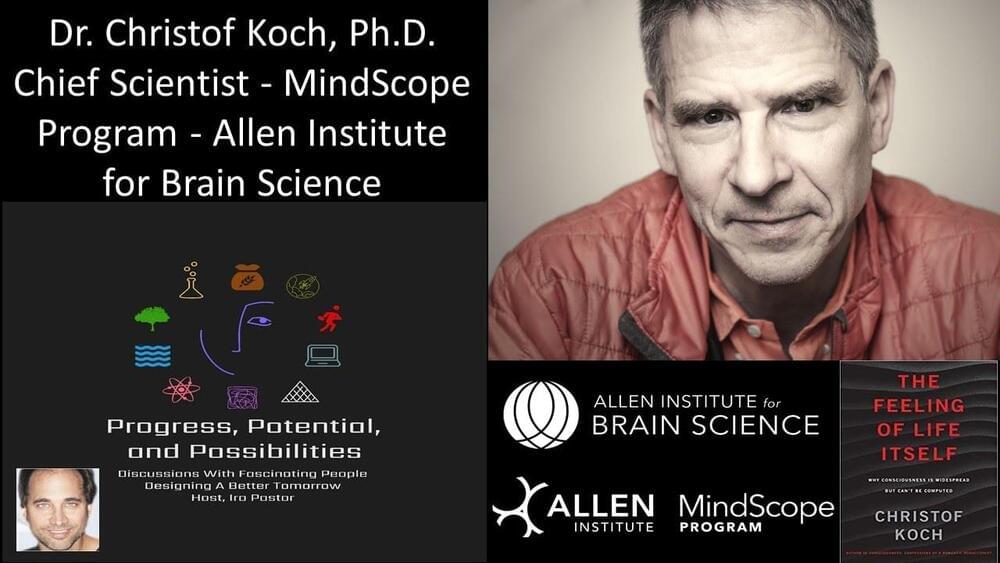
Studying The Atoms Of Perception, Memory, Behavior and Consciousness — Dr. Christof Koch, Ph.D. — Chief Scientist, MindScope Program, Allen Institute.
Dr. Christof Koch, Ph.D. (https://alleninstitute.org/what-we-do/brain-science/about/team/staff-profiles/christof-koch/) is Chief Scientist of the MindScope Program at the Allen Institute for Brain Science, originally funded by a donation of more than $500 million from Microsoft founder and philanthropist Paul G. Allen.
With his B.S. and M.S. in physics from the University of Tübingen in Germany and his Ph.D. from the Max-Planck Institute for Biological Cybernetics, Dr. Koch spent four years as a postdoctoral fellow in the Artificial Intelligence Laboratory and the Brain and Cognitive Sciences Department at MIT, and from 1987 until 2,013 was a professor at Caltech, from his initial appointment as Assistant Professor, Division of Biology and Division of Engineering and Applied Sciences, to his final position as Lois and Victor Troendle Professor of Cognitive & Behavioral Biology.
Dr. Koch joined the Allen Institute for Brain Science as Chief Scientific Officer in 2011 and became it’s President in 2015.
Dr. Koch’s passion are neurons, or what he refers to as the atoms of perception, memory, behavior and consciousness, including their diverse shapes, electrical behaviors, and their computational function within the mammalian brain, in particular in neocortex, and he leads the Allen Institute for Brain Science effort to identify all the different types of neurons in the brains of mice and humans – known as their cell census effort.
Dr. Koch’s writings and interests integrate theoretical, computational and experimental neuroscience with philosophy and contemporary trends, in particular artificial intelligence, and he has authored more than 300 scientific papers and multiple books including, The Feeling of Life Itself – Why Consciousness is Everywhere But Can’t be Computed, Consciousness: Confessions of a Romantic Reductionist, The Quest for Consciousness: A Neurobiological Approach, Biophysics of Computation: Information Processing in Single Neurons, and Methods in Neuronal Modeling: From Ions to Networks. He has also served as editor for several books on neural modeling and information processing.

Circa 2015 what if we didn’t need computers we only needed our minds upgraded? Quantum cognition talks about a theory of an upgraded mind.
What type of probability theory best describes the way humans make judgments under uncertainty and decisions under conflict? Although rational models of cognition have become prominent and have achieved much success, they adhere to the laws of classical probability theory despite the fact that human reasoning does not always conform to these laws. For this reason we have seen the recent emergence of models based on an alternative probabilistic framework drawn from quantum theory. These quantum models show promise in addressing cognitive phenomena that have proven recalcitrant to modeling by means of classical probability theory. This review compares and contrasts probabilistic models based on Bayesian or classical versus quantum principles, and highlights the advantages and disadvantages of each approach.
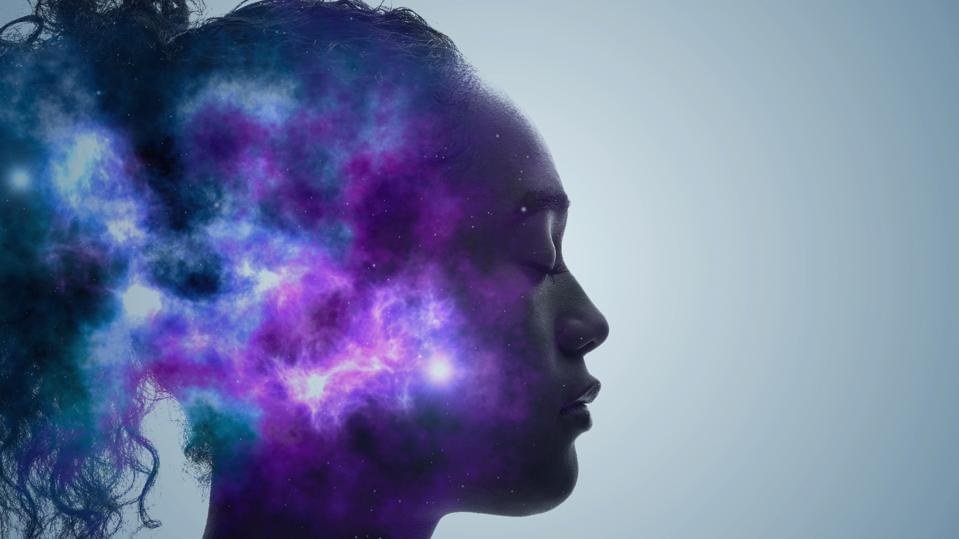
Last year, scientists inferentially detected the existence of 2D visual mental representations that fundamentally change vision science. “The question becomes, what are they exactly? Are they patterns of neurons firing? Are they some kind of phenomenon not necessarily reducible to any kind of physical substrate?” Asks Jessica M. Wilson, philosopher and author of the book Metaphysical Emergence.
Coming up, scientists and philosophers spanning three countries weigh in on an experiment to discover the material nature of consciousness and the content of our experiences.
Let’s start with a definition: Consciousness is awareness. It’s the qualitative experience of that awareness — what it’s like to be something.

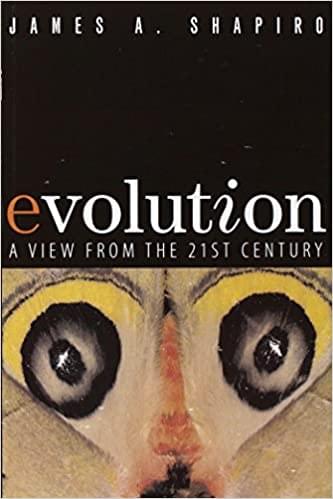
It’s awe-inspiring to realize that there is a complex intelligence in every living cell. Two questions arise: Is it the intelligence of the cell? That seems inconsistent with how we usually use the word “intelligence.” If we see that a one-celled life form functions with lot of intelligence, perhaps it is more like a book that contains great ideas. Paper doesn’t create ideas; neither, by itself, does protoplasm. Something else is at work.
If the cell itself does not create the intelligence it embodies, what does? Panpsychists argue that all of nature participates in some way in consciousness and humans are the most highly developed example. Theists argue that only a mind outside the universe could create something like human consciousness.
As we learn more and more about the intricate complexities of nature, perhaps debates over the origin of life, intelligence, consciousness, and similar topics will increasingly be between panpsychists and theists rather than materialists and theists. A whole new environment.
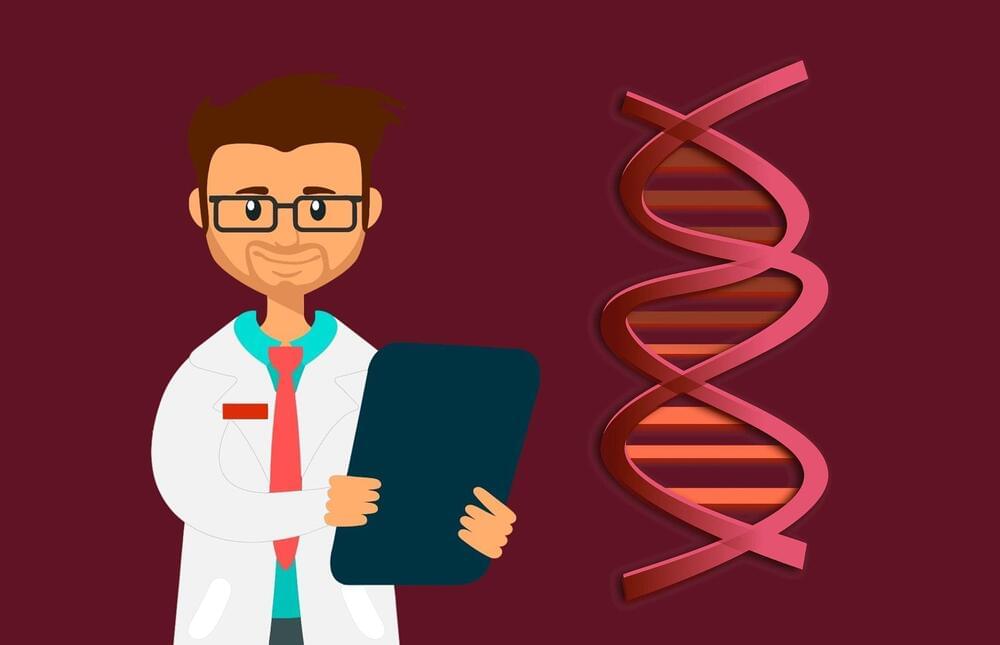
Many people develop Alzheimer’s or other forms of dementia as they get older. However, others remain sharp well into old age, even if their brains show underlying signs of neurodegeneration.
Among these cognitively resilient people, researchers have identified education level and amount of time spent on intellectually stimulating activities as factors that help prevent dementia. A new study by MIT researchers shows that this kind of enrichment appears to activate a gene family called MEF2, which controls a genetic program in the brain that promotes resistance to cognitive decline.
The researchers observed this link between MEF2 and cognitive resilience in both humans and mice. The findings suggest that enhancing the activity of MEF2 or its targets might protect against age-related dementia.
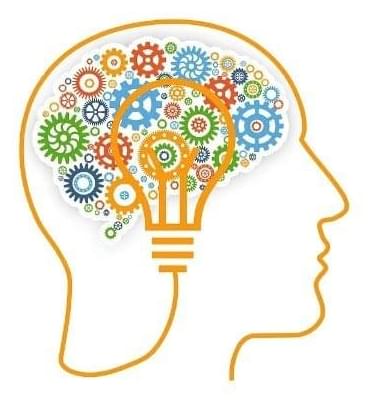
Summary: Researchers shed light on how sensory information and cognitive processing interact in the brain to produce our perception of the world around us.
Source: SfN
New findings from studies in both people and animals are revealing clues about how sensory information and cognitive processes interact in the brain to produce our perception of the world.

There’s an odd twist to human physiology not seen in any other primate 0 that makes giving birth more complicated for our species. Now, a study using biomechanical modelling on gait and posture has provided some insights into this long-standing mystery.
The narrow shape of the human birth canal is kinked at the inlet, so that contractions of the mother must rotate the baby’s big brain and wide shoulders nearly 90 degrees to fit into the pelvis.